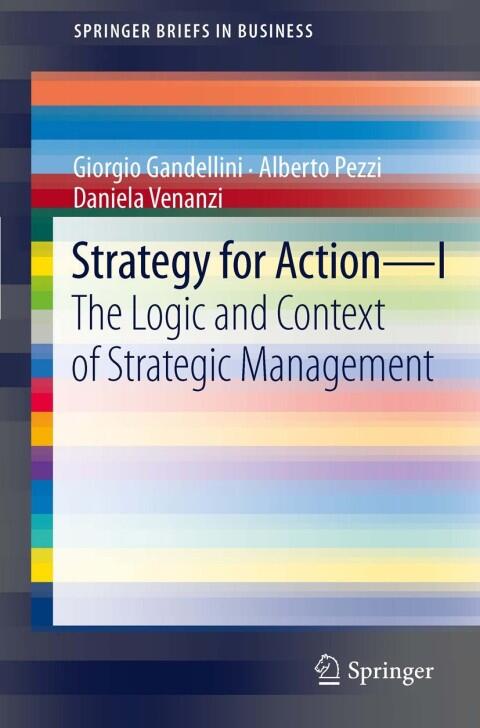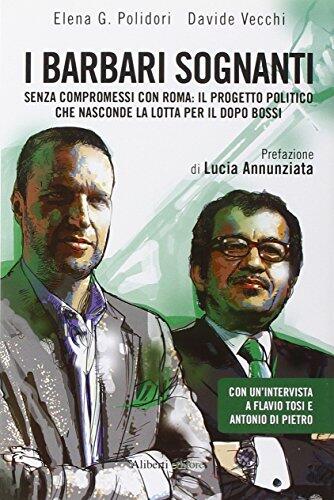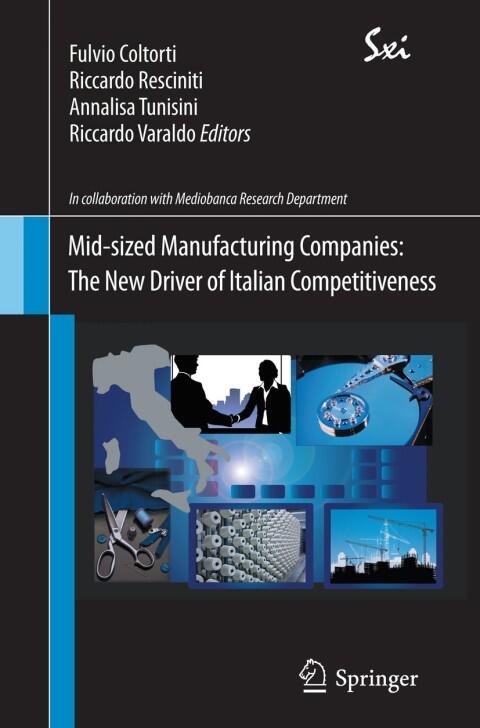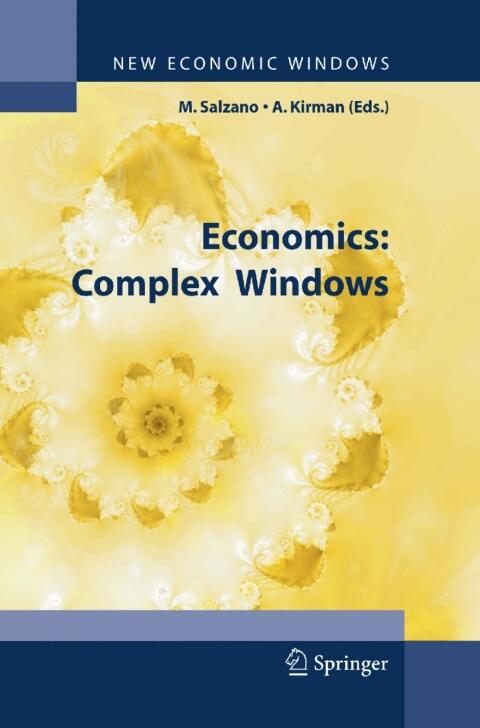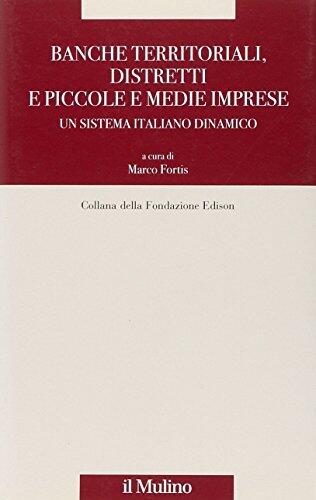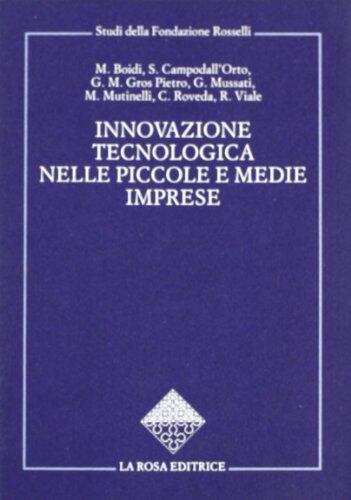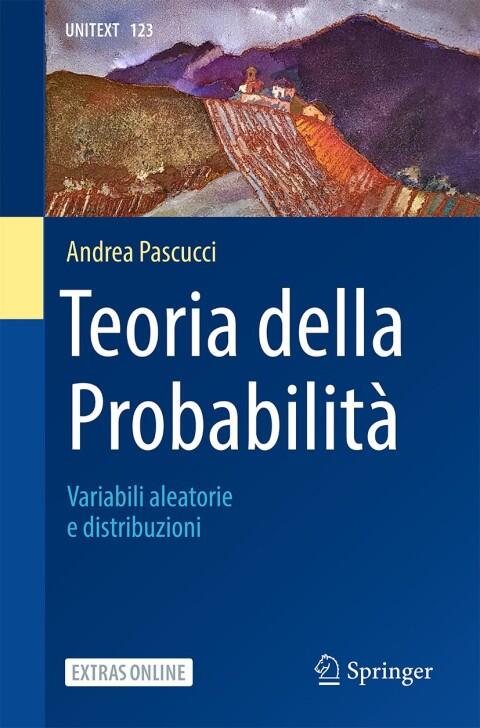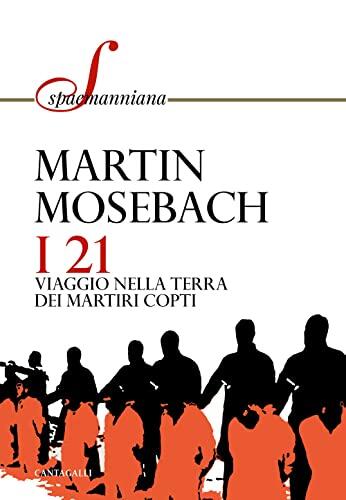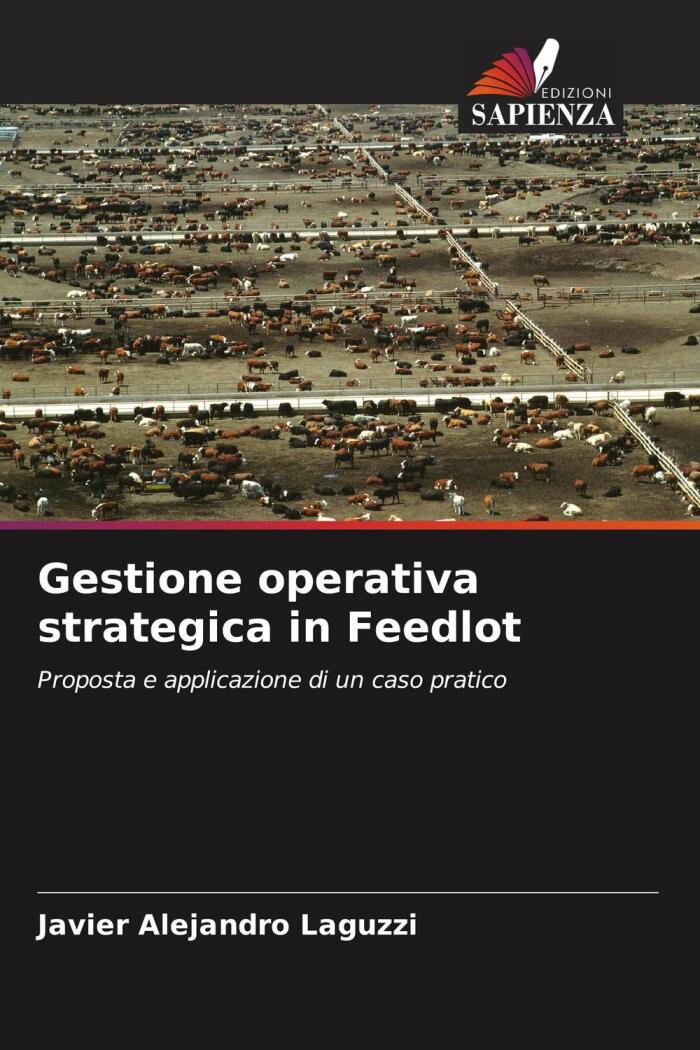
Gestione operativa strategica in Feedlot: Proposta e applicazione di un caso pratico
بواسطة
Javier Alejandro Laguzzi
لا توجد تقييمات بعد
Business & Economics
تنسيق
غلاف ورقي
صفحات
72
لغة
إيطالي
منشور
Feb 27, 2023
الناشر
Edizioni Sapienza
الطبعة
1
رقم ISBN-10
6205724235
رقم ISBN-13
9786205724231
الوصف
In this insightful exploration, readers are introduced to a strategic framework designed to enhance operational management within feedlot environments. The author delves into practical solutions, weaving together theoretical concepts and real-life applications that resonate with contemporary challenges faced in the industry. Leveraging extensive research and a keen understanding of agricultural practices, the work underscores the critical role of efficient management in the production cycle.
Through an in-depth case study, readers are guided step-by-step, illustrating how strategic interventions can lead to practical benefits. The meticulous breakdown of processes, alongside vivid illustrations of outcomes, provides clarity on the implementation of the proposed strategies. Each section builds upon the prior, reinforcing the interconnected nature of the operational decisions in feedlot management.
The tone remains accessible, ensuring that both seasoned professionals and newcomers to the field grasp the importance of strategic planning. By addressing common pitfalls and offering actionable insights, the narrative empowers stakeholders to optimize their practices effectively.
Ultimately, this contribution stands as a vital resource for anyone invested in the agricultural sector, particularly those focused on improving operational efficiencies in feedlots. It not only aims to elevate current practices but also fosters a deeper understanding of the strategic underpinnings that drive successful management in this niche market.
Through an in-depth case study, readers are guided step-by-step, illustrating how strategic interventions can lead to practical benefits. The meticulous breakdown of processes, alongside vivid illustrations of outcomes, provides clarity on the implementation of the proposed strategies. Each section builds upon the prior, reinforcing the interconnected nature of the operational decisions in feedlot management.
The tone remains accessible, ensuring that both seasoned professionals and newcomers to the field grasp the importance of strategic planning. By addressing common pitfalls and offering actionable insights, the narrative empowers stakeholders to optimize their practices effectively.
Ultimately, this contribution stands as a vital resource for anyone invested in the agricultural sector, particularly those focused on improving operational efficiencies in feedlots. It not only aims to elevate current practices but also fosters a deeper understanding of the strategic underpinnings that drive successful management in this niche market.
